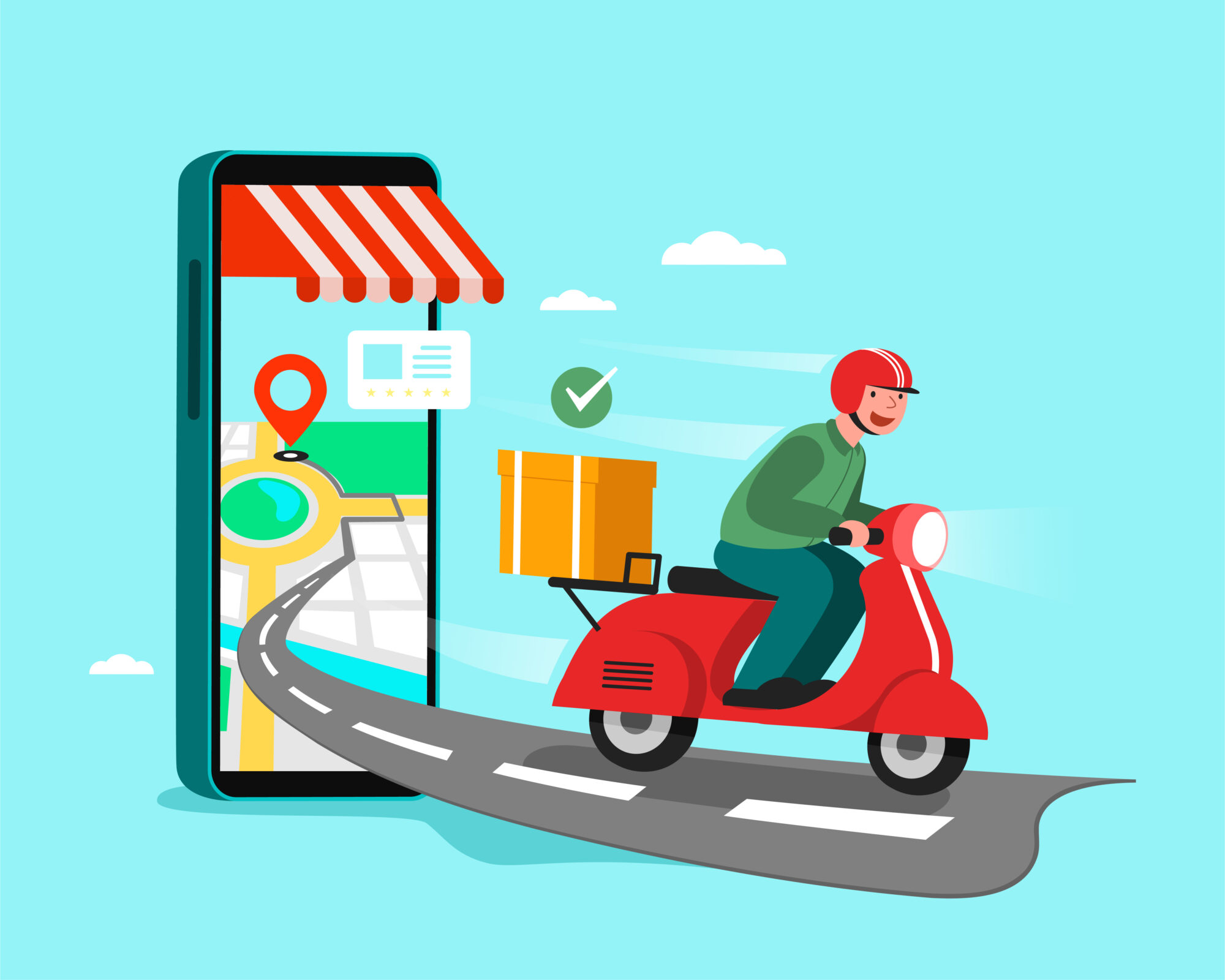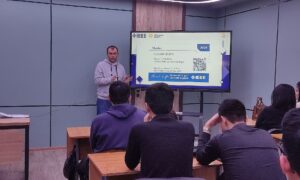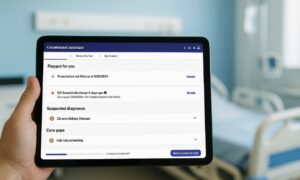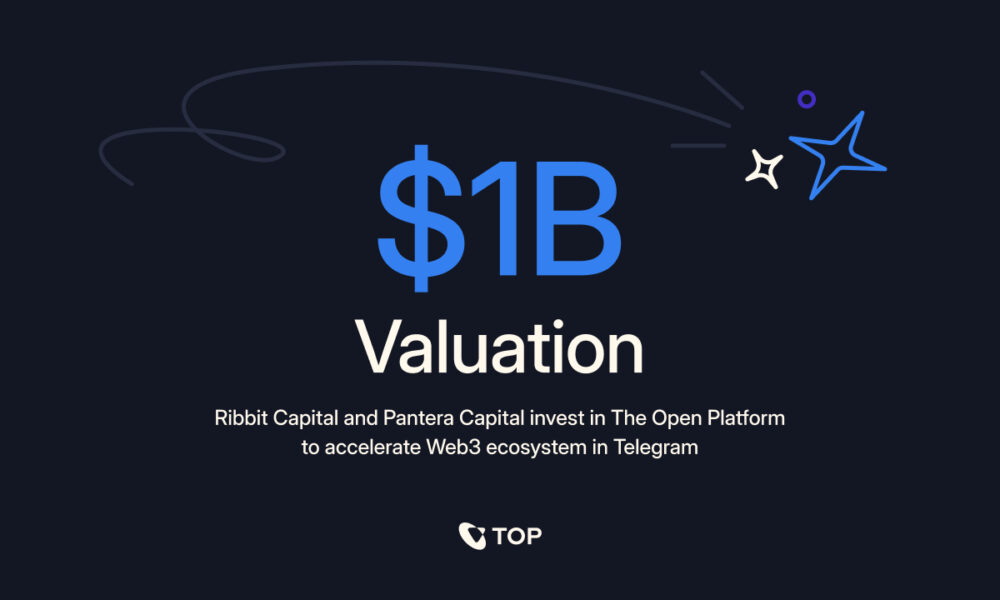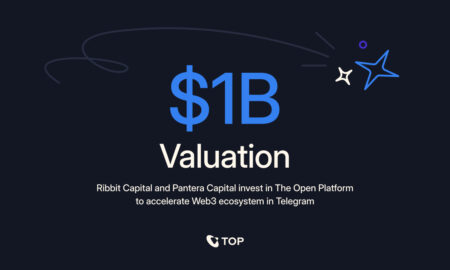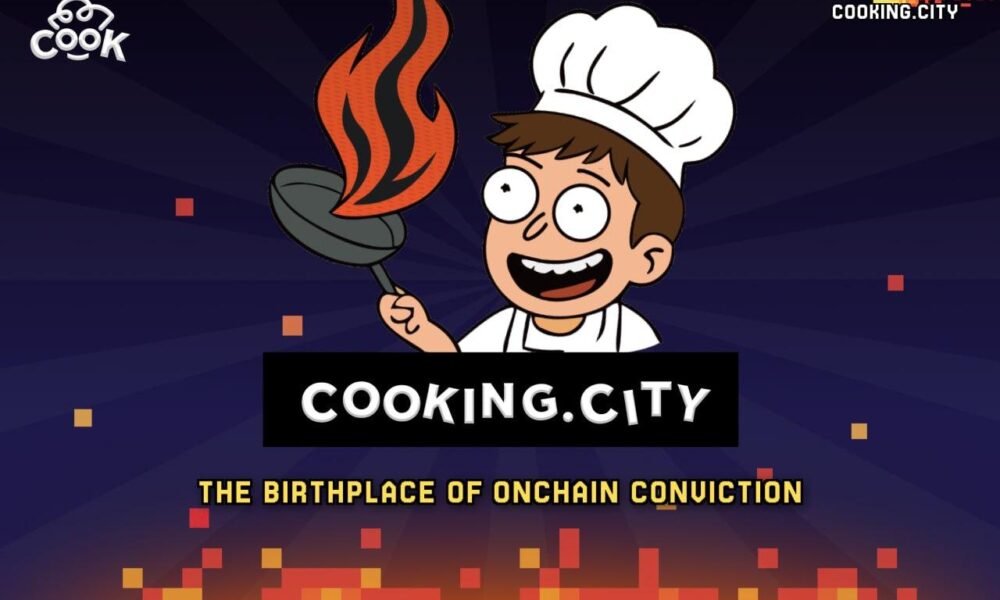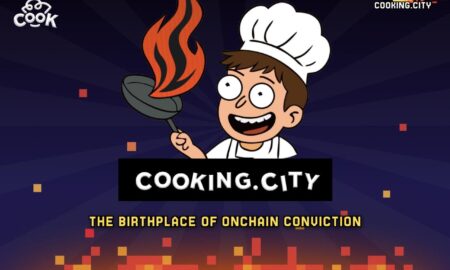1. The Demand for Instant Fulfilment
In today’s digital landscape, users expect their actions to produce results — fast. Whether it’s ordering dinner, calling a ride, or accessing a product, convenience is no longer a perk but a baseline expectation. This shift has placed increasing pressure on digital services to shorten the gap between decision and delivery.
From groceries to niche consumer goods, platforms that fail to meet this demand risk being left behind. What’s emerging is a new standard of fulfilment — one driven by intuitive mobile interfaces, real-time communication, and smart logistics that work behind the scenes.
2. Mobile-First Interfaces Set the Standard
Much of this transformation is being powered by mobile-first design. With most users now defaulting to smartphones for everyday transactions, services that prioritise responsive design, tap-friendly UX, and quick-load performance have a distinct advantage. The best-performing platforms offer ordering flows that require minimal friction — no pop-ups, no unnecessary forms, just a clean path from selection to checkout.
Speed and ease aren’t just user experience features — they’re trust signals. The smoother the interaction, the more likely the user is to convert and return.
3. Delivery Expectations Are Getting Smarter
Some of the most noticeable progress in this space is happening not with large marketplaces, but with focused, local delivery services operating in time-sensitive categories. For instance, in Melbourne, platforms competing in the cream charger niche are refining the entire fulfilment cycle down to less than an hour.
Among them, the best nang delivery option in Melbourne stands out not because of brand size, but because of its behind-the-scenes tech — smart routing, dynamic inventory allocation, and tightly integrated mobile UX. This approach isn’t about being everywhere; it’s about doing one thing extremely well, and doing it fast.
4. The Invisible Infrastructure Behind Fast Fulfilment
What appears seamless to the user is in fact supported by a layered backend: warehouse positioning, delivery routing, predictive analytics, and mobile integration. Real-time stock updates prevent out-of-stock errors, while automation reduces manual handling. Add to this live order tracking and smart notifications, and users are handed a sense of control over every stage of fulfilment — something legacy services rarely offer.
Critically, all this happens without demanding technical understanding from the user. It’s not just fast — it’s smartly invisible.
5. What Sets Winning Platforms Apart
In an environment where nearly every product can be commoditised, it’s the delivery experience — and how well it’s supported by tech — that creates brand differentiation. The platforms most likely to grow aren’t necessarily those with the biggest marketing budgets, but those with the most frictionless flows, clean interfaces, and resilient fulfilment systems.
From mobile-first architecture to last-mile optimisation, today’s leaders are designing for users who expect immediacy — and for infrastructure that can deliver it.
Conclusion
As user expectations continue to compress the timeline between “order” and “receive,” platforms are responding with sharper UX and smarter backends. Whether it’s a household item or a highly specific product, the success of any digital-first delivery model depends on more than just inventory — it’s built on interface clarity, process speed, and fulfilment intelligence.
In that context, platforms like Mr Nang Melbourne offer a glimpse into what the next phase of ultra-responsive commerce might look like: local, mobile, and engineered for instant gratification.

